Presolar 50mg/20mg Capsule 10s ATENOLOL + NIFEDIPINE
Introduction to Presolar 50mg/20mg Capsule 10s
Presolar 50mg/20mg Capsule 10s is a medication primarily used to manage high blood pressure and chest pain. This capsule combines two active ingredients,... See More
Are the medicines in combination of Atenolol and Nifedipine safe to take together?
When Atenolol and Nifedipine are used together, there is a potential for enhanced blood pressure-lowering effects, which could lead to hypotension. Additionally, combining these medications with other drugs that affect heart rate or blood pressure, such as other beta-blockers or calcium channel blockers, can increase the risk of adverse cardiovascular effects. Monitoring involves regular blood pressure and heart rate checks, and patients should report any symptoms like dizziness or fainting to their healthcare provider. Adjustments to dosages may be necessary based on these observations.

Are there harms and risks from taking combination of Atenolol and Nifedipine?
Common side effects of Atenolol include dizziness, tiredness, and depression, while Nifedipine may cause headaches, flushing, and dizziness. Both medications can lead to low blood pressure and fatigue. Significant adverse effects for Atenolol include shortness of breath and heart failure, whereas Nifedipine can cause swelling of the extremities and increased angina. Both drugs require monitoring for serious cardiovascular effects, and patients should report any severe or persistent symptoms to their healthcare provider.

Can I take combination of Atenolol and Nifedipine if I am pregnant?
Atenolol can cause fetal harm when administered to pregnant women, particularly in the second trimester, and is associated with low birth weight. Nifedipine has been used in pregnancy for severe hypertension but should be reserved for cases where the benefits outweigh the risks. Both medications require careful consideration and consultation with a healthcare provider when used during pregnancy, as they can affect fetal development and maternal health.

Can I take combination of Atenolol and Nifedipine while breastfeeding?
Atenolol is excreted in breast milk and may cause bradycardia in breastfed infants, so caution is advised when used during lactation. Nifedipine is also present in breast milk, but its effects on nursing infants are not well-documented. Both medications should be used during breastfeeding only if the potential benefits justify the risks. Healthcare providers may recommend monitoring the infant for any adverse effects if these medications are necessary during lactation.

Can I take combination of Atenolol and Nifedipine with other prescription drugs?
Atenolol can interact with other blood pressure medications, leading to an increased risk of low blood pressure or heart rate. It may also interact with drugs like digoxin, which can affect heart rhythm. Nifedipine interacts with CYP3A inhibitors like ketoconazole, which can increase its levels in the blood, and with beta-blockers, potentially leading to heart failure. Both medications require careful monitoring when used with other cardiovascular drugs to prevent adverse effects and ensure therapeutic efficacy.

For how long is combination of Atenolol and Nifedipine taken?
Atenolol and Nifedipine are typically used as long-term treatments for managing high blood pressure and angina. Both medications are intended for continuous use to maintain their therapeutic effects, as they do not cure these conditions but help control symptoms. Patients are advised to continue taking these medications even if they feel well, as stopping them suddenly can lead to serious heart problems. Regular monitoring by a healthcare provider is essential to adjust dosages and ensure ongoing effectiveness.

How does combination of Atenolol and Nifedipine work?
Atenolol works by blocking beta-adrenergic receptors in the heart, which slows the heart rate and reduces the force of heart contractions, leading to decreased blood pressure and reduced oxygen demand by the heart. Nifedipine, on the other hand, blocks calcium channels in the blood vessels, causing them to relax and dilate, which lowers blood pressure and increases blood flow to the heart. Both medications aim to improve cardiovascular function by reducing the workload on the heart, but they achieve this through different mechanisms.

How does one take combination of Atenolol and Nifedipine?
Atenolol can be taken with or without food, but it should be taken at the same time each day to maintain consistent blood levels. Nifedipine, particularly the extended-release form, should be taken on an empty stomach, either 1 hour before or 2 hours after a meal, and should not be taken with grapefruit juice as it can interfere with the medication's effectiveness. Both medications require adherence to prescribed dosages and schedules, and patients should avoid sudden discontinuation without consulting their doctor.

How do I know if combination of Atenolol and Nifedipine is working?
The benefits of Atenolol and Nifedipine are primarily assessed through regular monitoring of blood pressure and heart rate, as well as evaluating the frequency and severity of angina attacks. For Atenolol, the effectiveness is measured by its ability to maintain a stable heart rate and reduce blood pressure over time. Nifedipine's benefit is assessed by its capacity to lower blood pressure and prevent angina episodes. Both medications require periodic check-ups to adjust dosages and ensure they are effectively managing the patient's cardiovascular health.

How do I store combination of Atenolol and Nifedipine?
Atenolol and Nifedipine do not require refrigeration. Both medications should be stored at room temperature, away from excess heat and moisture, and kept in their original containers with the lids tightly closed. It is important to keep these medications out of reach of children and pets to prevent accidental ingestion. Proper storage ensures the medications maintain their effectiveness and safety over time.

How effective is combination of Atenolol and Nifedipine?
Atenolol's effectiveness is supported by its ability to reduce blood pressure and heart rate, improving survival rates post-heart attack and managing angina and arrhythmias. Clinical trials have shown its benefits in reducing cardiovascular events. Nifedipine's efficacy is demonstrated through its rapid action in lowering blood pressure and controlling angina, with studies confirming its role in preventing coronary artery spasm and improving exercise tolerance. Both medications have been proven effective in managing hypertension and angina, with their unique mechanisms providing complementary benefits in cardiovascular care.

How long does it take for combination of Atenolol and Nifedipine to work?
Atenolol and Nifedipine both work to manage high blood pressure and angina, but they have different onset times. Atenolol, a beta-blocker, may take 1-2 weeks to show full benefits in controlling blood pressure and angina. Nifedipine, a calcium-channel blocker, acts more quickly, with effects on blood pressure noticeable within 30 minutes to a few hours after ingestion. While Atenolol requires a gradual build-up to reach its full effect, Nifedipine provides more immediate relief, especially in cases of angina. Both medications aim to improve blood flow and reduce heart workload, but their onset times reflect their unique mechanisms of action.

What disease or symptom is combination of Atenolol and Nifedipine used for?
Atenolol and Nifedipine are both indicated for the treatment of high blood pressure (hypertension) and angina (chest pain). Atenolol is also used to improve survival after a heart attack and can be prescribed for irregular heartbeats and heart failure. Nifedipine is additionally used to manage conditions like Raynaud's syndrome and preterm labor. Both medications help manage cardiovascular conditions by improving blood flow and reducing the heart's workload, but they have unique additional uses based on their specific actions in the body.

What is combination of Atenolol and Nifedipine?
Atenolol and Nifedipine are commonly used to treat high blood pressure and angina. Atenolol, a beta-blocker, works by slowing the heart rate and relaxing blood vessels, which improves blood flow and reduces blood pressure. Nifedipine, a calcium-channel blocker, lowers blood pressure by relaxing blood vessels and increasing blood and oxygen supply to the heart. Both medications aim to reduce the heart's workload and improve cardiovascular health, but they achieve these effects through different mechanisms.

What is the usual dose of combination of Atenolol and Nifedipine?
For Atenolol, the usual adult daily dose for hypertension or angina is typically 50 mg to 100 mg once daily, depending on the patient's response and condition. For Nifedipine, the usual adult dose for hypertension or angina is 30 mg to 90 mg once daily, with the extended-release form. Both medications are adjusted based on individual patient needs and responses. Atenolol is often started at a lower dose and gradually increased, while Nifedipine's dose may be adjusted more quickly. Both medications require careful monitoring to ensure effectiveness and minimize side effects.

Who should avoid taking combination of Atenolol and Nifedipine?
Atenolol is contraindicated in patients with severe bradycardia, heart block, or overt cardiac failure. Nifedipine should not be used in cases of cardiogenic shock or with strong CYP3A inducers like rifampin. Both medications require caution in patients with severe heart conditions, and sudden discontinuation can lead to serious heart problems. Patients should be aware of potential interactions with other cardiovascular drugs and report any unusual symptoms to their healthcare provider promptly.





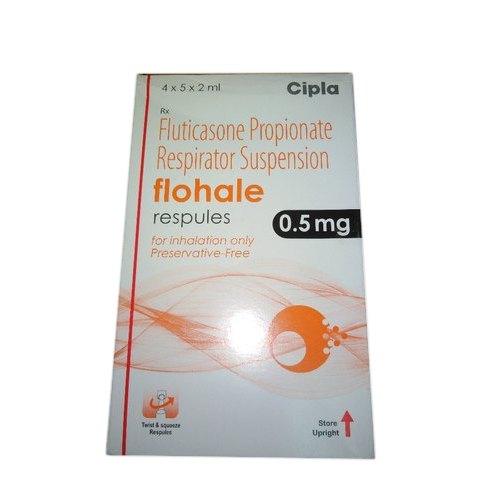
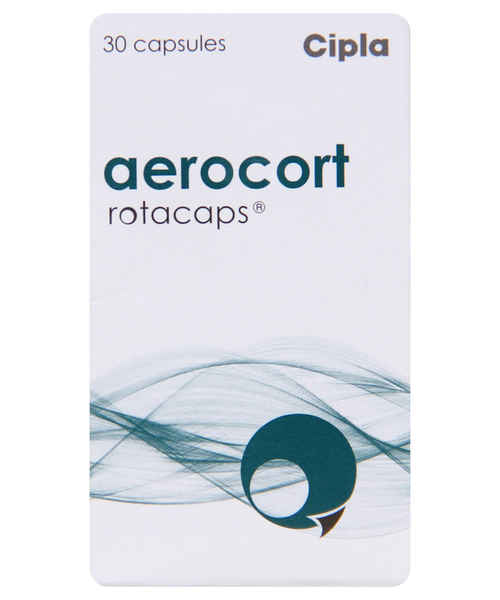
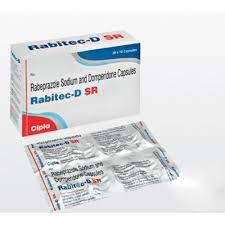
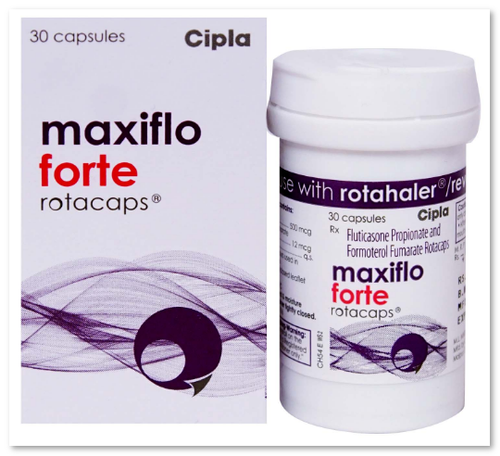
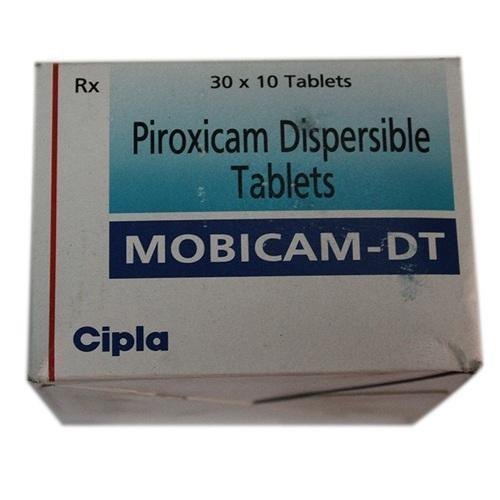





.svg)
